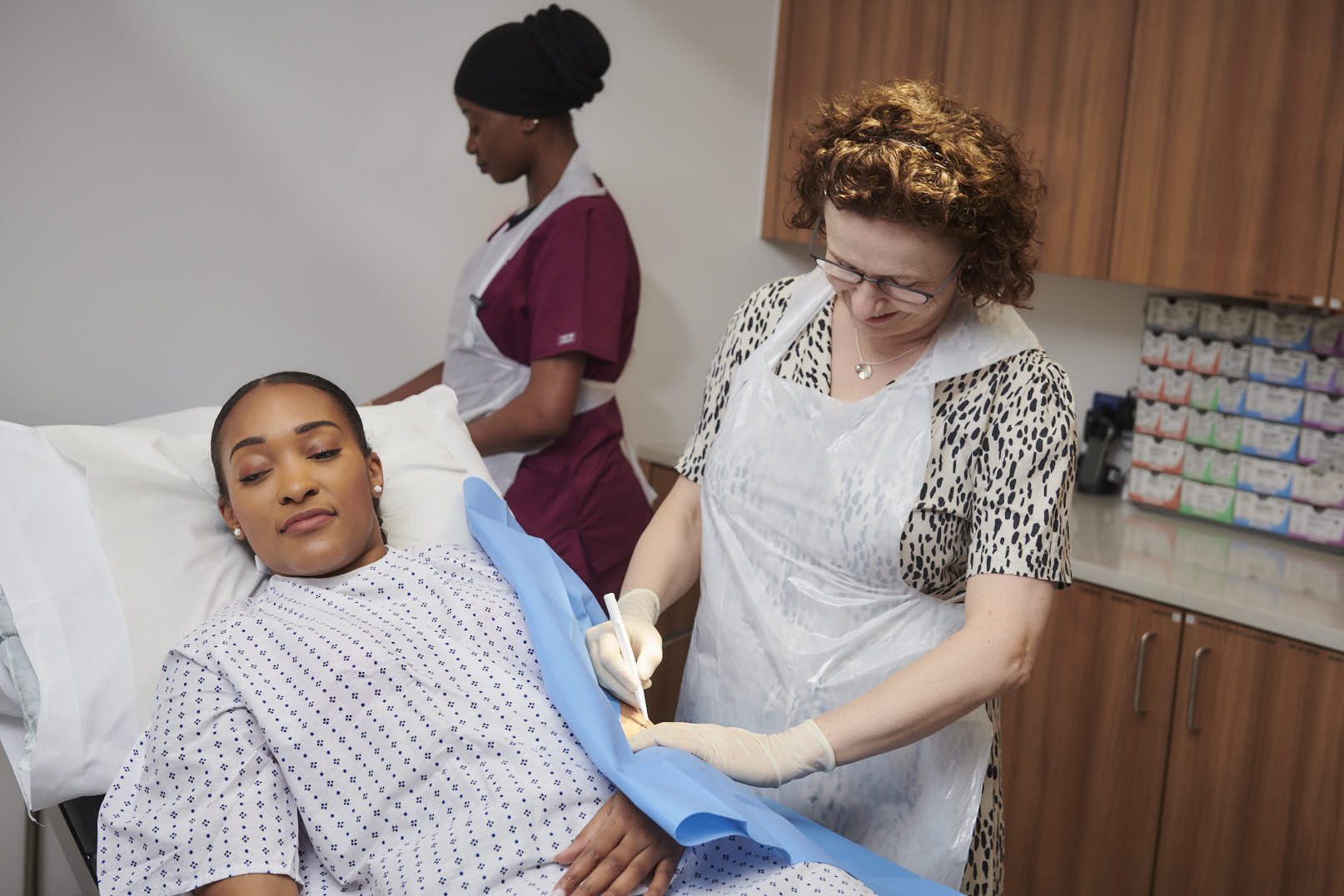The main treatment for cancerous moles is surgery and removal, but it will depend on your situation. The location of the moles and how advanced the cancer has become will determine what type of treatment is necessary.
Mohs surgery
Mohs surgery is often recommended for patients who have cancerous moles in difficult areas of the body such as the face, hands, and genitals. This surgery is an accurate way of successfully removing cancerous moles and decreases the chance of them coming back.
Mohs surgery is carried out under local anaesthetic, so you will be awake during the procedure. However, you will be given a long-acting anaesthetic so that you don’t feel any pain after the initial injection.
The removed skin sample will be taken for analysis and a dressing applied while the results are processed. If the results are clear and the tumour has been fully removed, then the wound can be closed on the same day. Sometimes it will be necessary for you to be referred to another surgeon for closure.
Recovery is fairly quick, but it will depend on how complex your procedure was. Most people heal within one to two weeks, and you may want to take a few days off work to rest and recuperate. You won’t be able to do any sort of exercise including swimming and heavy lifting for at least two weeks afterwards either.
Recovery time is also dependent on how many stages it takes to clear the tumour away. In 70% of cases, the tumour can be removed in the first stage, but if it is larger, it can take multiple stages to be fully removed.
